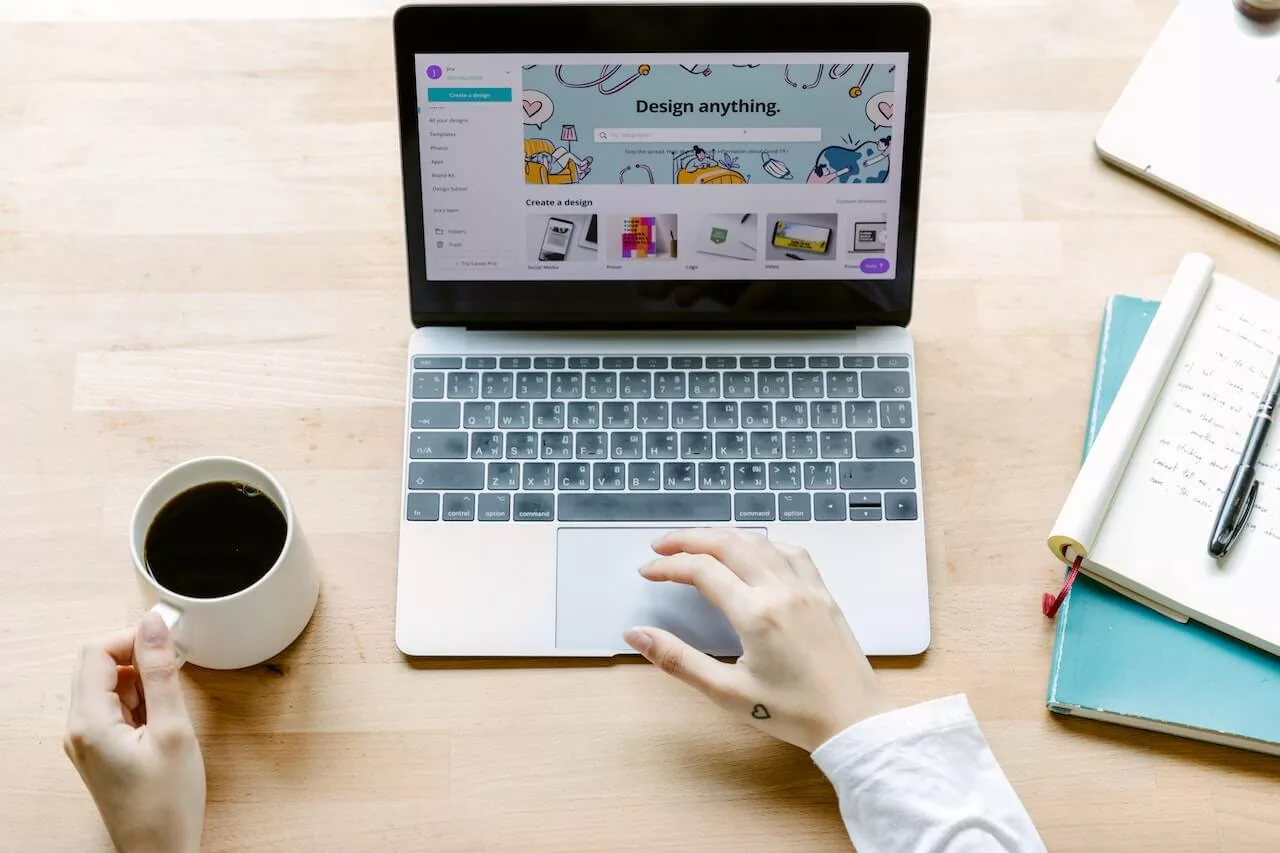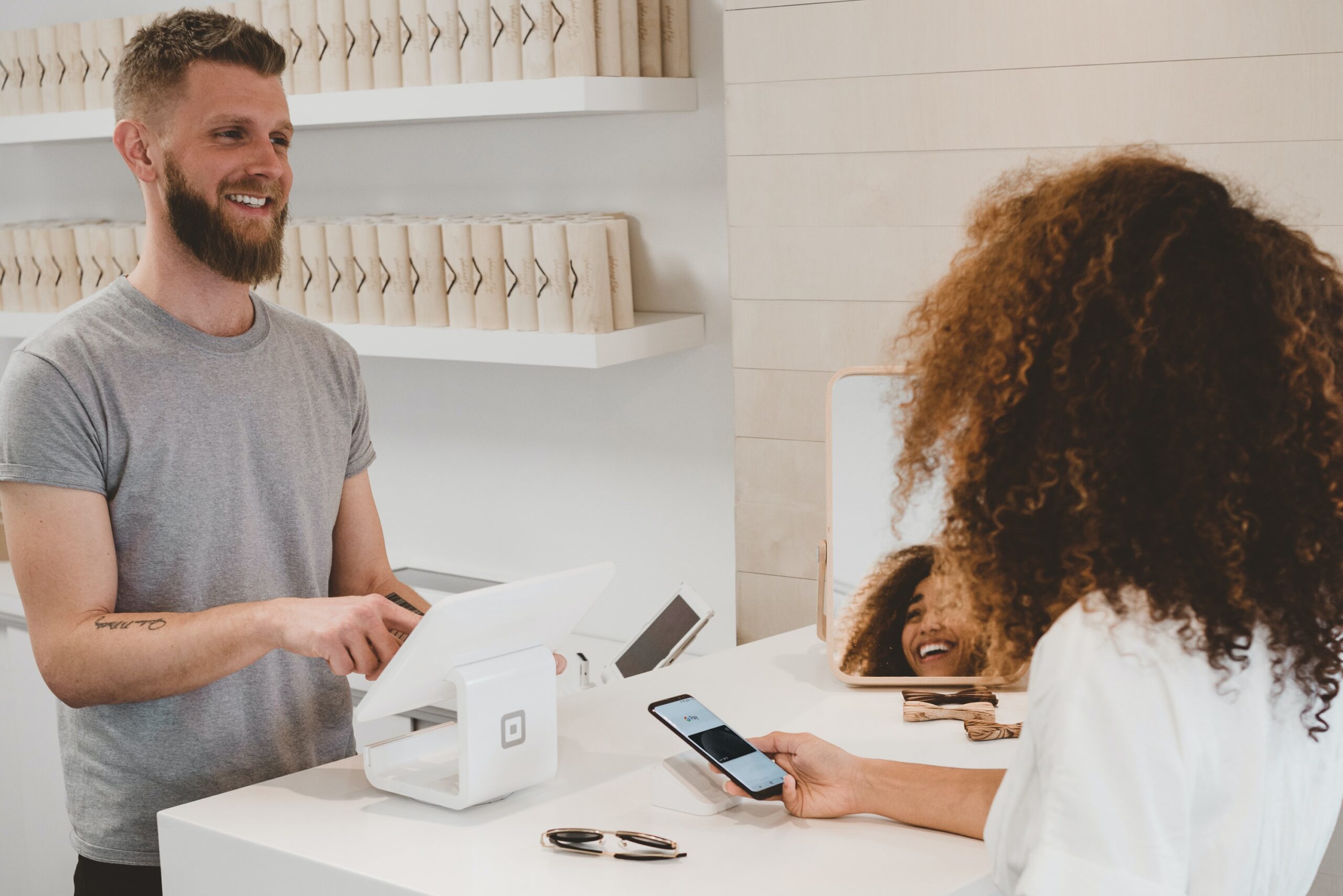The building blocks of creating a business blog
Blogging is a great way to attract customers and keep them interested in your business. By consistently uploading posts, readers will always have new content to look forward to. Blogging is also a great way to increase customer engagement while also enhancing retention rates. One of the most important aspects of blogging is understanding search engine optimization (SEO). SEO describes building a website so it ranks highly in search engine results. The higher your website ranks in search results, the more likely users will click on it. Using SEO principles, such as implementing keywords and having well-written content, when developing blog posts can boost your business performance by driving more traffic to your company’s website and generating more sales. Read on to learn about the key components to consider when starting your business blog to boost web traffic and create customer relationships. Keywords A keyword is a phrase that will lead to your blog post when searched. For example, if you write a post about common website design mistakes, your keyword might be “design mistakes.” Keywords must be researched thoroughly before being chosen to ensure they are effective. It is important to choose keywords that your audience is searching for. In the website design example, selecting the keyword “design mistakes” works well because it is simple but not too broad. If the keyword is too niche, it won’t matter how high it ranks on search results because barely anyone will be searching for it in the first place. Using keywords that are too broad or popular is also a mistake. If the keyword is too general or popular, countless other websites will use the same keyword, and your website isn’t likely to rank highly among them. The key is to balance specificity and broadness when selecting a keyword. This will require lots of research to see which keywords are currently popular and what other sites are using them. Keyword research also requires knowing your audience well. If you know what specific phrases your customers are searching for, you’re more likely to attract the kinds of people who would be interested in your blog and, by extension, your business. Keyword optimization Once you have chosen a keyword, you must place it strategically across your blog to boost search rankings. This is how search engines will know that the chosen phrase is your keyword. Important places to incorporate your keyword include: Overall, you want to use your keyword several times throughout your post, but you still want it to seem natural. Overusing your keyword can be just as bad as not using it enough, as a reader might find your post clunky to read and inorganic. Readability Readability refers to how easy your post is to navigate. Readers should be able to quickly find the information they are looking for and shouldn’t have to read your entire post if they’re only looking for specific information. Short paragraphs are a good way to increase readability. Breaking up longer text into smaller chunks makes reading easier on the eyes and less daunting than large text blocks. Another way to improve readability is by using subheadings. This splits your post into groups of relevant information and makes it easier to navigate. Readers only have to quickly scroll to the subheading they are interested in instead of reading through the entire post. Links There are generally two kinds of links used on a website: internal and external. Internal links lead to other pages of the same website and are a great way to increase page views. By including internal links in your posts, readers will be directed to more of your posts or other pages of your website. Ensure that any links included are relevant to the topic at hand. They should lead to extra information, a more in-depth explanation about a topic, or anything else still related to the original post. External links can also be useful. These links lead to other websites and may be used to explain a topic further or to provide a source for some information. Either way, they lend credibility to a post and help readers trust the information you share. Images Breaking up text by including images is another way to improve readability. Images like graphs and charts can also help readers to understand a topic more easily. Even including simple pictures relevant to the post helps make it more engaging. If you don’t think your post works well with images, try including an infographic. An infographic presents information visually by using diagrams and charts instead of text. This is a great way to present the same information in a different format that is easy to read. Post ideas Constantly creating new blog posts is difficult, so here are some reusable post ideas to get you started. A blog is a great marketing tool for businesses because gaining more readers can increase customer engagement. Make sure to continue researching to understand your audience better and provide them with content they’ll want to keep reading.









